
Maximize your Productivity with the Pomodoro Technique: A Time Management Revolution
The Pomodoro Technique, developed by Francesco Cirillo in the late 1980s, is rooted in the principles of time management, psychology, and human behavior. Its efficacy lies in its ability to leverage the fundamental aspects of human cognition and productivity, making it a powerful tool for enhancing efficiency in various domains of life.
Francesco Cirillo conceptualized the Pomodoro Technique while he was a university student struggling with time management and concentration. Inspired by the tomato-shaped timer he had in his room (hence the name "Pomodoro," which means tomato in Italian), he devised a time management method that focused on breaking work into intervals, promoting sustained focus, and preventing burnout.
Let's dive into the science-backed benefits and practical applications of the Pomodoro Technique, a time-tested method that has transformed the way people approach tasks, and discover how it can revolutionize your work and personal life.

01. The Science Behind the Pomodoro Technique
In this section, we'll delve into the psychological principles that underpin the Pomodoro Technique's effectiveness, including the Zeigarnik Effect, the Primacy and Recency Effect, and Parkinson's Law. We'll explore how these concepts contribute to improved focus, enhanced retention, and efficient task completion, making the Pomodoro Technique a powerful tool for maximizing productivity.
The Zeigarnik Effect: This psychological principle suggests that people remember uncompleted or interrupted tasks better than completed ones. The Pomodoro Technique leverages this effect by breaking work into manageable intervals, ensuring that tasks are completed within defined time blocks, reducing the cognitive load associated with unfinished tasks.
The Primacy and Recency Effect: The human brain tends to remember the first and last items in a series most effectively. By breaking tasks into focused intervals (Pomodoros) with short breaks in between, the technique enhances retention and recall of the material studied or tasks completed during these intervals, maximizing the efficiency of learning and work.
The Importance of Breaks: Research in cognitive psychology highlights the significance of taking regular breaks to prevent mental fatigue and maintain cognitive performance. The Pomodoro Technique incorporates short breaks after each work interval, enabling individuals to recharge and refocus, thereby enhancing overall productivity and sustained attention.
Parkinson's Law: This adage suggests that work expands to fill the time available for its completion. By setting a specific time limit for each Pomodoro, the technique encourages individuals to work with a sense of urgency and focus, preventing procrastination and ensuring that tasks are completed within the allocated time frame.
02. Implementing the Pomodoro Technique in Your Daily Routine
Here, we'll provide a step-by-step guide on integrating the Pomodoro Technique into your daily workflow. From setting specific goals for each Pomodoro session to optimizing your work environment for minimal distractions, we'll cover all the essential strategies for seamless implementation. Additionally, we'll recommend popular Pomodoro apps and tools that can streamline the process and enhance your overall experience.
Setting Specific Goals for Each Pomodoro Session: Begin by defining specific and achievable objectives for each Pomodoro session. Whether it's completing a section of a project, mastering a new skill, or studying a challenging subject, setting clear goals will provide you with a sense of direction and purpose throughout the day.
Create an Optimal Work Environment: Designate a dedicated workspace that is free from distractions and conducive to focused work. Remove any potential disruptions, such as notifications or clutter, and ensure that you have all the necessary tools and resources within reach to maximize your efficiency during each Pomodoro session.
Eliminate Distractions: Identify and eliminate potential distractions that might disrupt your workflow. Consider temporarily turning off notifications on your devices, closing unnecessary tabs on your browser, and informing those around you about your focused work periods to minimize interruptions and maintain your concentration.
Utilize Effective Time Management Tools: Explore popular Pomodoro apps and tools that can streamline the implementation of the technique in your daily routine. Consider using user-friendly apps like Focus Booster, Tomato Timer, or PomoDone, which can help you track your Pomodoro sessions, manage your breaks, and optimize your overall experience for enhanced productivity.
03. Tips and Strategies for Long-Term Success and Sustainability
In this final section, we'll offer practical tips and strategies for incorporating the Pomodoro Technique into your long-term routine. From maintaining consistency and motivation to customizing the technique to fit your unique work style, we'll explore how to ensure sustainable productivity and avoid burnout. We'll emphasize the importance of self-care and the role of the Pomodoro Technique in fostering a balanced and fulfilling lifestyle.
Maintaining Consistency and Motivation: Consistency is key to long-term success with the Pomodoro Technique. Stay committed to your scheduled Pomodoro sessions, and use the technique consistently to cultivate a productive routine. Keep your motivation high by celebrating small victories and acknowledging the progress you make with each completed Pomodoro. Remember, every step forward, no matter how small, contributes to your overall success.
Customizing the Technique to Fit Your Work Style: Every individual has a unique work style, and customizing the Pomodoro Technique to align with your preferences is crucial. Whether you prefer longer or shorter Pomodoro sessions, or if you need to adjust the frequency of your breaks, tailor the technique to suit your specific needs. Experiment with different intervals and break durations to find the optimal configuration that maximizes your productivity and comfort.
Avoiding Burnout the Importance of Breaks: To ensure sustainable productivity, prioritize self-care and incorporate short, rejuvenating activities into your break periods. Engage in mindfulness exercises, take a short walk, or practice deep breathing to refresh your mind and prevent burnout. Emphasize the importance of maintaining a healthy work-life balance, and avoid overexerting yourself during extended work sessions. Remember that sustainable productivity is about working smart, not just working hard.
Encouraging a Balanced and Fulfilling Lifestyle: Incorporate the Pomodoro Technique into your daily routine to encourage a balanced and fulfilling lifestyle. Utilize the technique as a tool to effectively manage your time, enabling you to allocate energy to both your professional and personal endeavors. By nurturing a sense of balance, you can prioritize tasks, accomplish your objectives, and carve out time for meaningful activities beyond your professional responsibilities. Remember, cultivating a harmonious life is crucial for long-term happiness and success.







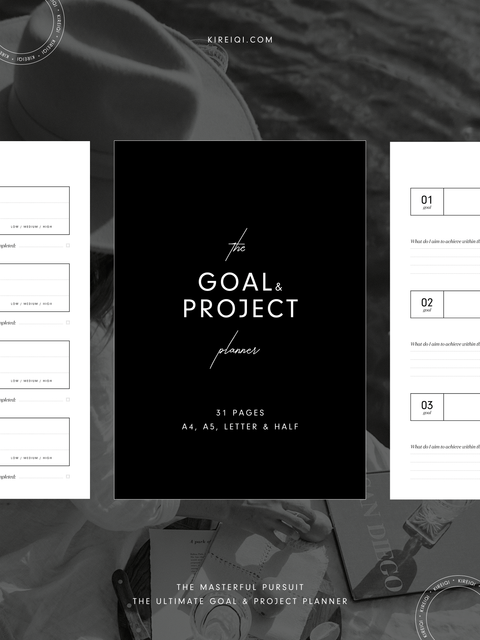
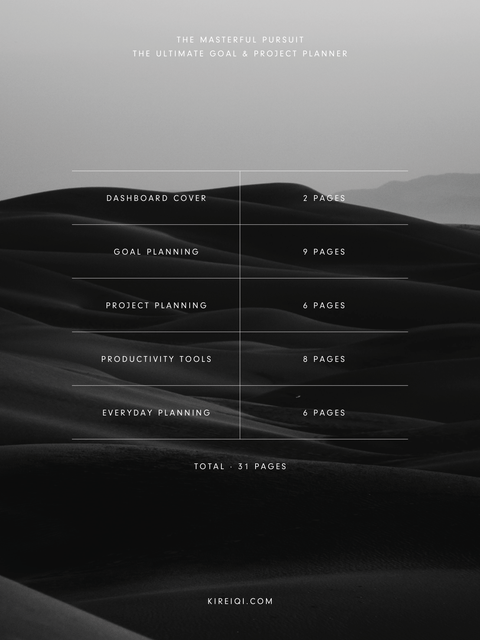
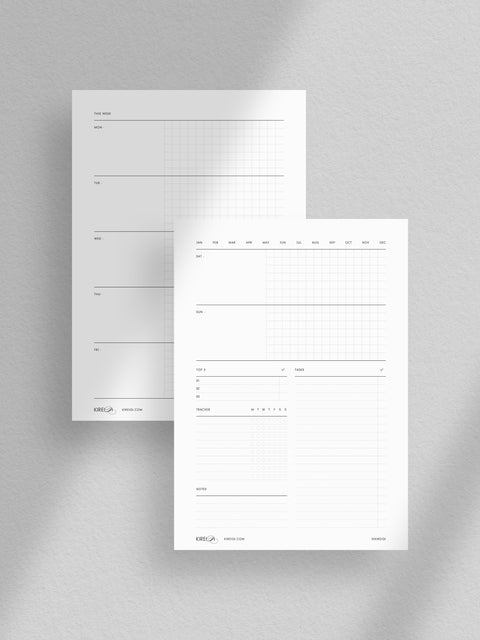
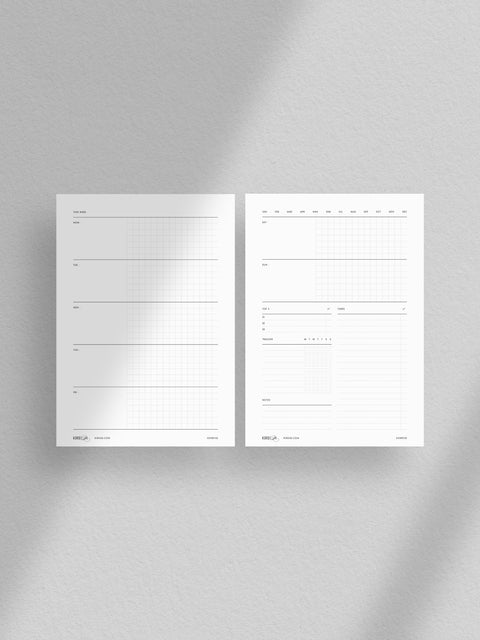

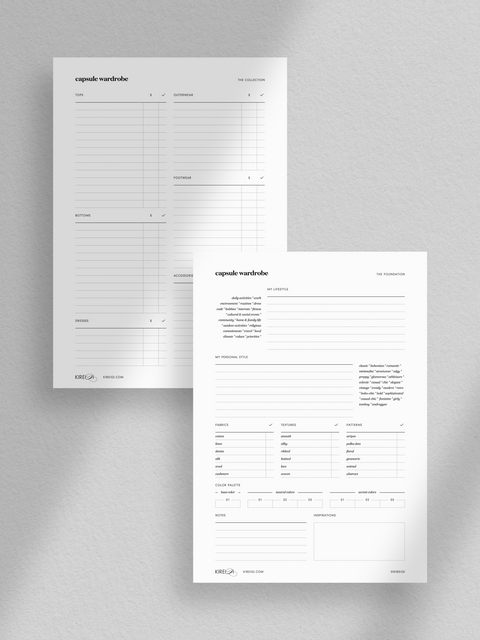
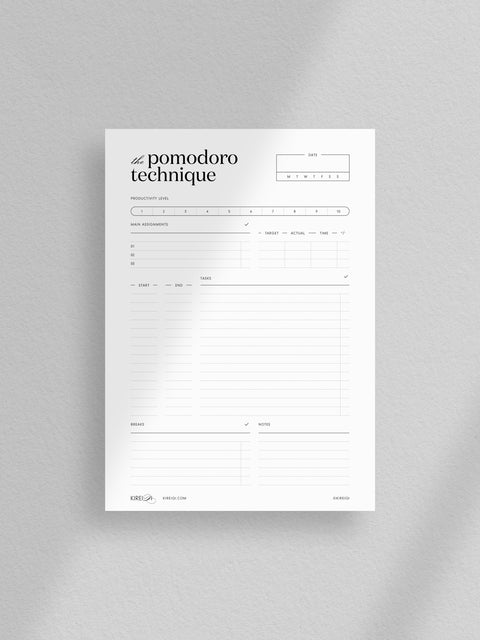
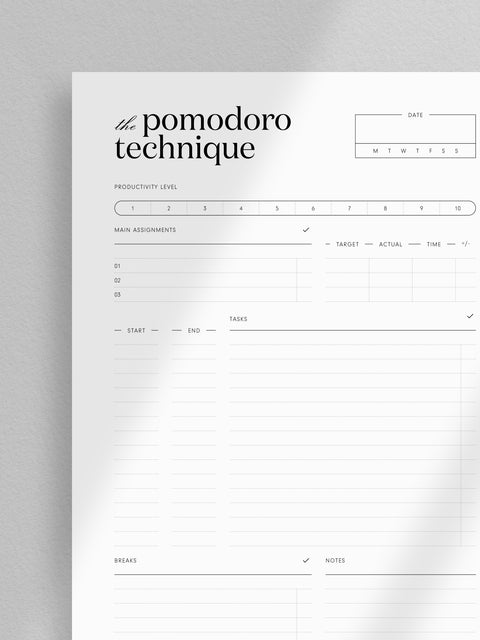
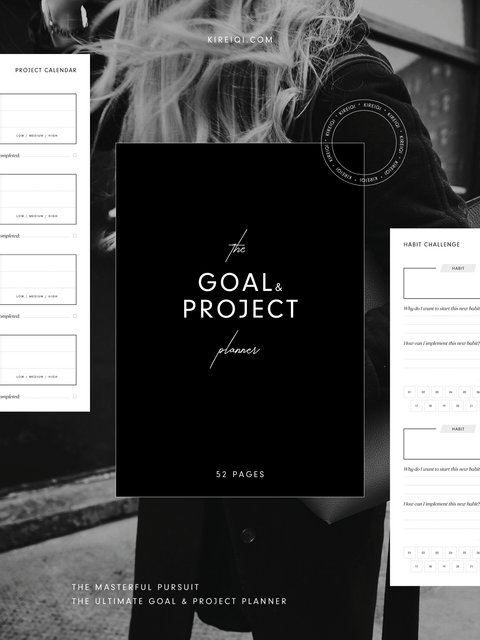
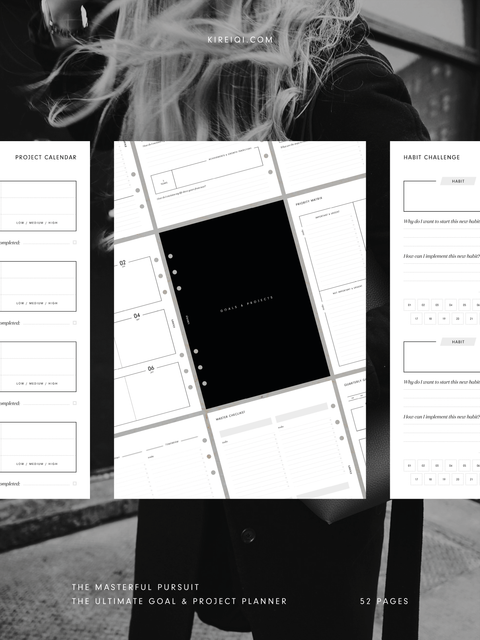

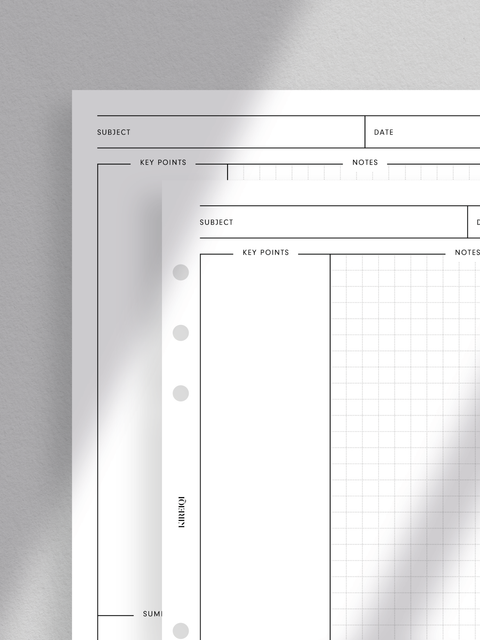


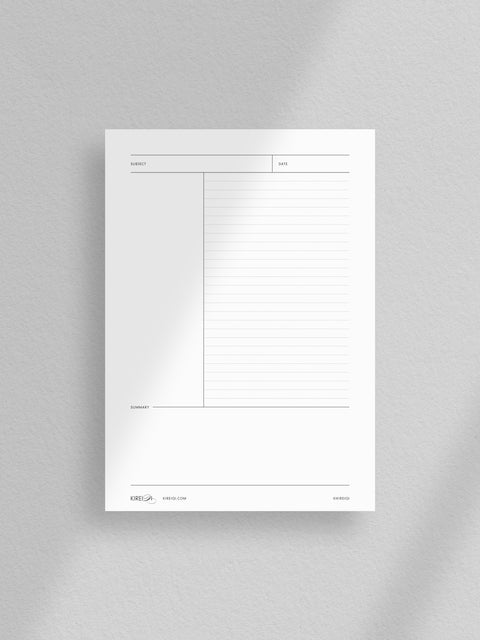

Comments (0)
There are no comments for this article. Be the first one to leave a message!